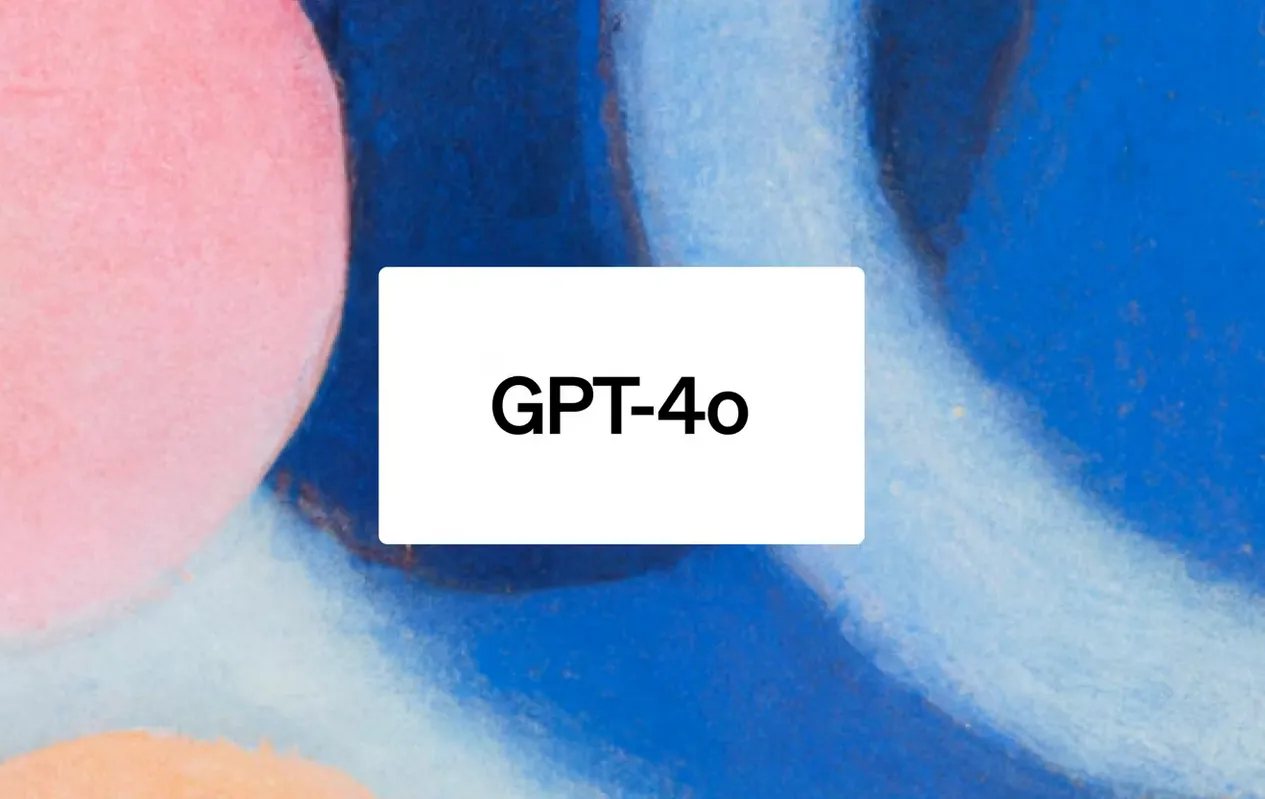GPT-4o-Realtime-Preview
Exploring Azure OpenAI Service: GPT-4o-Realtime-Preview
Created Oct 2, 2024 - Last updated: Oct 2, 2024

Azure OpenAI Service has recently introduced an exciting new feature: GPT-4o-Realtime-Preview, which brings advanced audio and speech capabilities to the forefront of AI technology. This enhancement is a significant leap forward, enabling developers to create more natural and conversational AI experiences. Let’s dive into what this means and how you can leverage these capabilities in your projects.
What is GPT-4o-Realtime-Preview?
GPT-4o-Realtime-Preview is a major update to the Azure OpenAI Service, integrating language generation with seamless voice interaction. This model supports both audio input and output, allowing for real-time, natural voice-based interactions. Imagine creating virtual assistants or real-time customer support systems that can understand and respond to spoken language as naturally as a human would.
Demo
Key Features
- Multimodal Capabilities: GPT-4o-Realtime-Preview supports text, vision, and now audio inputs and outputs. This multimodal approach allows for more dynamic and interactive AI applications.
- Real-Time Interaction: The model can process and respond to audio inputs in real-time, making it ideal for applications that require immediate feedback, such as virtual assistants and customer service bots.
- Advanced Speech Technology: Building on Azure’s legacy in speech services, this update integrates speech-to-text, text-to-speech, neural voices, and real-time translation, enhancing the overall user experience.
Practical Applications
One of the most exciting applications of GPT-4o-Realtime-Preview is in the development of voice-based generative AI applications. For instance, the VoiceRAG app pattern combines retrieval-augmented generation (RAG) with real-time audio capabilities. This allows the AI to listen to audio input, retrieve relevant information from a knowledge base, and respond via audio output, creating a seamless conversational experience.
Implementing VoiceRAG
To implement a voice-based RAG application, you need to consider both the client and server-side components. The client handles the audio input and output, while the server manages the model configuration and access to the knowledge base. Here’s a simplified architecture:
- Function Calling: The GPT-4o-Realtime-Preview model supports function calling, allowing it to invoke tools for searching and grounding in the session configuration.
- Real-Time Middle Tier: This component proxies audio traffic and handles model configuration and function calling on the backend, ensuring secure access to resources.
Here’s a sample code snippet from the VoiceRAG repository to get you started:
import os
from dotenv import load_dotenv
from aiohttp import web
from ragtools import attach_rag_tools
from rtmt import RTMiddleTier
from azure.identity import DefaultAzureCredential
from azure.core.credentials import AzureKeyCredential
if __name__ == "__main__":
load_dotenv()
llm_endpoint = os.environ.get("AZURE_OPENAI_ENDPOINT")
llm_key = os.environ.get("AZURE_OPENAI_API_KEY")
search_endpoint = os.environ.get("AZURE_SEARCH_ENDPOINT")
search_index = os.environ.get("AZURE_SEARCH_INDEX")
search_key = os.environ.get("AZURE_SEARCH_API_KEY")
credentials = DefaultAzureCredential() if not llm_key or not search_key else None
app = web.Application()
rtmt = RTMiddleTier(llm_endpoint, AzureKeyCredential(llm_key) if llm_key else credentials)
rtmt.system_message = "You are a helpful assistant. The user is listening to answers with audio, so it's *super* important that answers are as short as possible, a single sentence if at all possible. " + \
"Use the following step-by-step instructions to respond with short and concise answers using a knowledge base: " + \
"Step 1 - Always use the 'search' tool to check the knowledge base before answering a question. " + \
"Step 2 - Always use the 'report_grounding' tool to report the source of information from the knowledge base. " + \
"Step 3 - Produce an answer that's as short as possible. If the answer isn't in the knowledge base, say you don't know."
attach_rag_tools(rtmt, search_endpoint, search_index, AzureKeyCredential(search_key) if search_key else credentials)
rtmt.attach_to_app(app, "/realtime")
app.add_routes([web.get('/', lambda _: web.FileResponse('./static/index.html'))])
app.router.add_static('/', path='./static', name='static')
web.run_app(app, host='localhost', port=8765)
This code demonstrates how to use Azure’s speech SDK to recognize speech from a microphone, a fundamental step in creating voice-interactive applications.
For detailed implementation refer this github repo-navintkr/openai-rag-audio (github.com)
Conclusion
The introduction of GPT-4o-Realtime-Preview with audio and speech capabilities marks a significant advancement in the Azure OpenAI Service. By integrating these features, developers can create more engaging and interactive AI applications that leverage the power of natural language processing and real-time voice interaction. Whether you’re building virtual assistants, customer support bots, or any other voice-driven application, these new capabilities open up a world of possibilities.
Happy coding!
